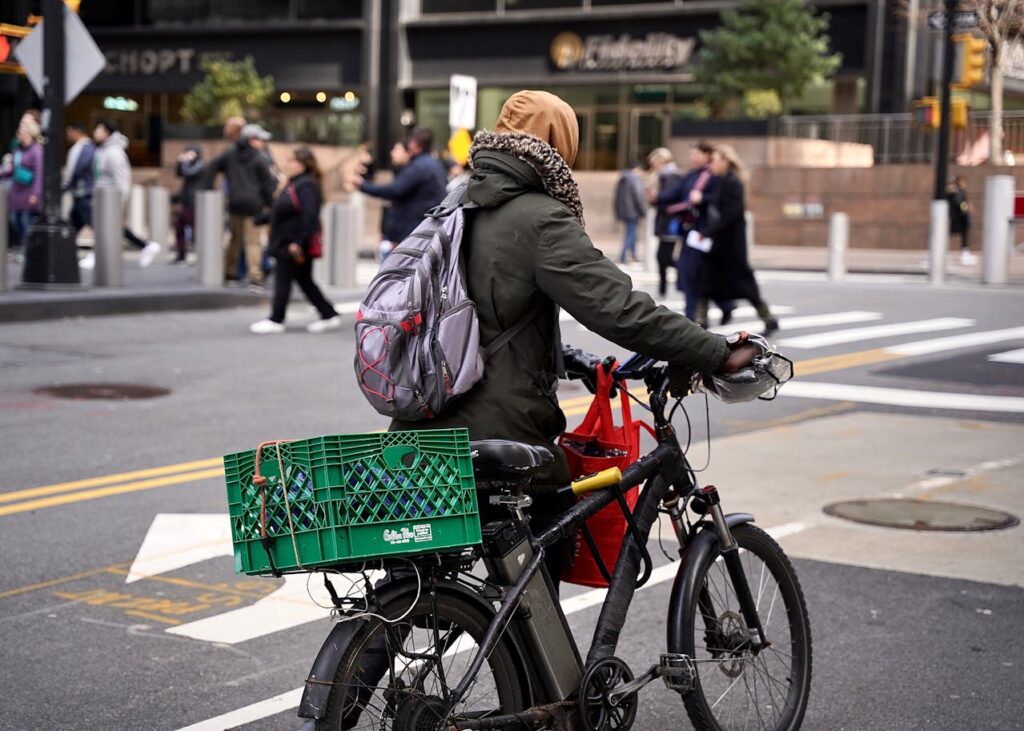Table of Contents
- Introduction
- Understanding the True Cost of Daily Commuting in Singapore
- Cost Breakdown: E-Bike Ownership
- Cost Breakdown: Grab and Ride-Hailing Services
- Cost Breakdown: MRT and Bus Rides
- Monthly and Yearly Cost Comparison Table
- Beyond Cost: Time, Convenience, and Lifestyle Benefits
- Environmental Impact and Sustainability
- Final Thoughts
1. Introduction
For many Singaporeans, commuting is a major daily expense. Between rising fuel prices, unpredictable ride-hailing fares, and public transport costs, it’s no surprise that many are exploring new and more affordable ways to get around. One of the most practical alternatives today is the electric bicycle, or e-bike.
E-bikes offer a perfect blend of affordability, speed, and eco-friendliness — but how do they really compare to taking Grab or relying on MRT and buses every day? This article breaks down the real costs of each option and explores which mode of transport gives you the best value for money in Singapore.

2. Understanding the True Cost of Daily Commuting in Singapore
When calculating the cost of commuting, it’s not just about the upfront price. Regular expenses such as maintenance, charging, or fares quickly add up over time. Singapore’s dense layout and reliable infrastructure make short- to medium-distance travel ideal for alternative transport like e-bikes.
For most office workers, a typical one-way commute is between 8–12 km. Over a month, that can easily total more than 500 km of travel — enough to make even small daily costs significant.
3. Cost Breakdown: E-Bike Ownership
Initial Cost
A good, LTA-approved e-bike in Singapore typically costs between $1,200 to $2,000. While this may seem high upfront, it’s a one-time investment that can last several years with proper maintenance.
Monthly Expenses
- Electricity for charging:
- Average consumption: ~0.4 kWh per full charge
- Cost per charge: ~$0.15
- Average range: 40 km per charge
- Estimated cost per 500 km/month: $2–3
- Maintenance and servicing:
- Occasional tire, brake, or chain replacement
- Average monthly cost: $5–10
- Battery replacement (every 2–3 years):
- Cost: ~$300–$500
- Averaged monthly equivalent: $10–15
Total Monthly Cost: Around $25–30
This makes e-bike commuting one of the cheapest and most consistent transport options in Singapore, especially for those who travel moderate distances daily.
4. Cost Breakdown: Grab and Ride-Hailing Services
Grab rides are convenient but can be costly in the long run, especially with surge pricing during peak hours or rainy days.
Average Grab Fare (One-Way)
- Short trips (5–8 km): $8–12
- Medium trips (8–12 km): $12–18
- Long trips (12–18 km): $18–25
For a typical commuter traveling 10 km each way:
- Daily cost: ~$25 (two-way)
- Monthly cost (22 working days): $550
- Yearly cost: $6,600
Even when using GrabShare or promo codes occasionally, the cost rarely drops below $400 per month for consistent daily use. For most riders, Grab is a luxury convenience rather than an economical choice.
5. Cost Breakdown: MRT and Bus Rides
Public transport remains one of the most affordable ways to travel in Singapore. However, prices vary depending on distance and the number of transfers.
Average Costs
- Typical fare per trip: $1.60–$2.20
- Daily cost (two-way): $3.20–$4.40
- Monthly cost (22 working days): $70–$95
- Yearly cost: $840–$1,140
While MRT and bus rides are budget-friendly, travel time can be longer due to walking between interchanges, waiting times, and transfers — especially for those living in non-central areas.
6. Monthly and Yearly Cost Comparison Table
| Transport Mode | Upfront Cost | Average Monthly Cost | Average Yearly Cost | Travel Flexibility |
|---|---|---|---|---|
| E-Bike | $1,500 (one-time) | $25–30 | ~$300 | High |
| Grab (Private Hire) | None | $500–600 | ~$6,000+ | Very High |
| MRT/Bus | None | $70–95 | ~$1,000 | Moderate |
From the comparison, e-bikes clearly stand out as the most cost-efficient option after the initial investment. Within the first few months, the savings start to outweigh the upfront cost — especially when compared to Grab.
7. Beyond Cost: Time, Convenience, and Lifestyle Benefits
Time Savings
E-bikes can reduce travel time for short trips. A 10 km journey takes around 25–30 minutes, often faster than public transport during peak hours.
Convenience
You can ride directly from home to your destination without transfers, delays, or waiting. Parking is easy, and folding e-bikes can even be carried into offices or MRTs when needed.
Health and Fitness
While the motor provides assistance, riders still engage in light physical activity, promoting better fitness and well-being.
Freedom and Flexibility
Unlike fixed bus or train schedules, e-bikes allow full control of travel routes and timing — ideal for unpredictable work hours or quick errands.
8. Environmental Impact and Sustainability
E-bikes also have a clear environmental edge. Compared to petrol vehicles, they emit zero tailpipe emissions, use minimal energy, and contribute less to road congestion. In Singapore’s push toward a greener transport future under the Green Plan 2030, e-bikes fit perfectly into the goal of reducing car dependency and carbon emissions.
Each e-bike ride that replaces a car trip helps cut carbon emissions significantly. Over a year, a single e-bike user can prevent hundreds of kilograms of CO₂ from being released into the atmosphere.
9. Final Thoughts
When weighing cost, convenience, and sustainability, e-bikes clearly offer the best long-term value for everyday commuters in Singapore.
While Grab offers comfort and flexibility, it’s not financially sustainable for daily use. MRT and buses remain affordable but can be less convenient, especially during rush hours or for those living far from stations.
With an e-bike, riders gain independence, low running costs, and an eco-friendly mode of travel. After the initial purchase, monthly expenses are minimal, making it one of the smartest and most cost-effective transport choices in Singapore today.
For anyone looking to save money, time, and reduce their carbon footprint — an e-bike isn’t just an option; it’s a lifestyle upgrade.
